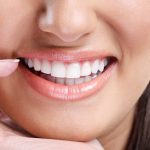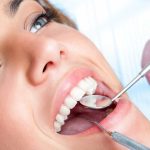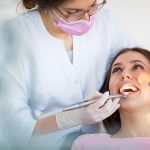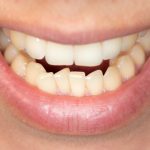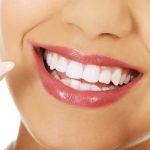Revitalize Your Smile: Learn How to Regrow Bone Around Teeth with These Simple Steps
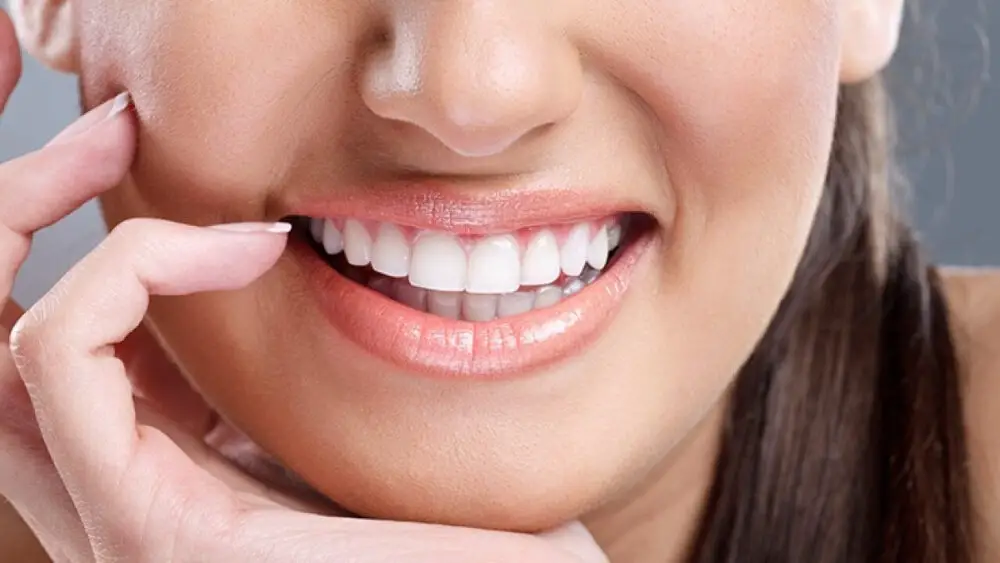
A smile can light up a room, but for many people, dental issues can cause them to feel self-conscious about their teeth. One of the most common problems is bone loss around teeth, which can lead to gum recession and tooth loss. Fortunately, there are simple steps that can be taken to regrow bone around teeth and revitalize your smile. By following these steps, you can improve your oral health and confidence. Bone loss around teeth can be caused by a variety of factors, including periodontal disease, tooth loss, and trauma. When the bone surrounding the teeth begins to deteriorate, it can cause the teeth to become loose and eventually fall out. This can be a painful and embarrassing experience, but it’s important to know that there are ways to reverse bone loss and strengthen your teeth. With the right approach and commitment to dental hygiene, you can regrow bone around your teeth and restore your smile to its former glory.
Having healthy teeth and gums is essential for maintaining overall health and well-being. Poor dental health can lead to a range of issues, including gum disease, tooth decay, and even tooth loss. Additionally, poor dental health has been associated with a higher risk of heart disease, stroke, and other health problems. Maintaining healthy teeth and gums requires a combination of good oral hygiene practices, including brushing and flossing regularly, visiting the dentist for regular check-ups and cleanings, and eating a healthy diet. By taking care of our teeth and gums, we can prevent dental problems and improve our overall health and quality of life.
Bone loss around teeth can occur due to a variety of reasons such as gum disease or injury. When this happens, the bone supporting the teeth gradually deteriorates, causing the teeth to lose their stability and eventually fall out. However, the consequences of bone loss go beyond tooth loss. Studies have shown that the health of our teeth and gums is directly linked to our overall health, and bone loss around teeth can lead to a host of other health problems. For example, it can increase the risk of heart disease, stroke, and respiratory infections. Therefore, it is crucial to take preventive measures to maintain healthy bone density around teeth and prevent tooth loss and other associated health problems.
Causes of Bone Loss Around Teeth
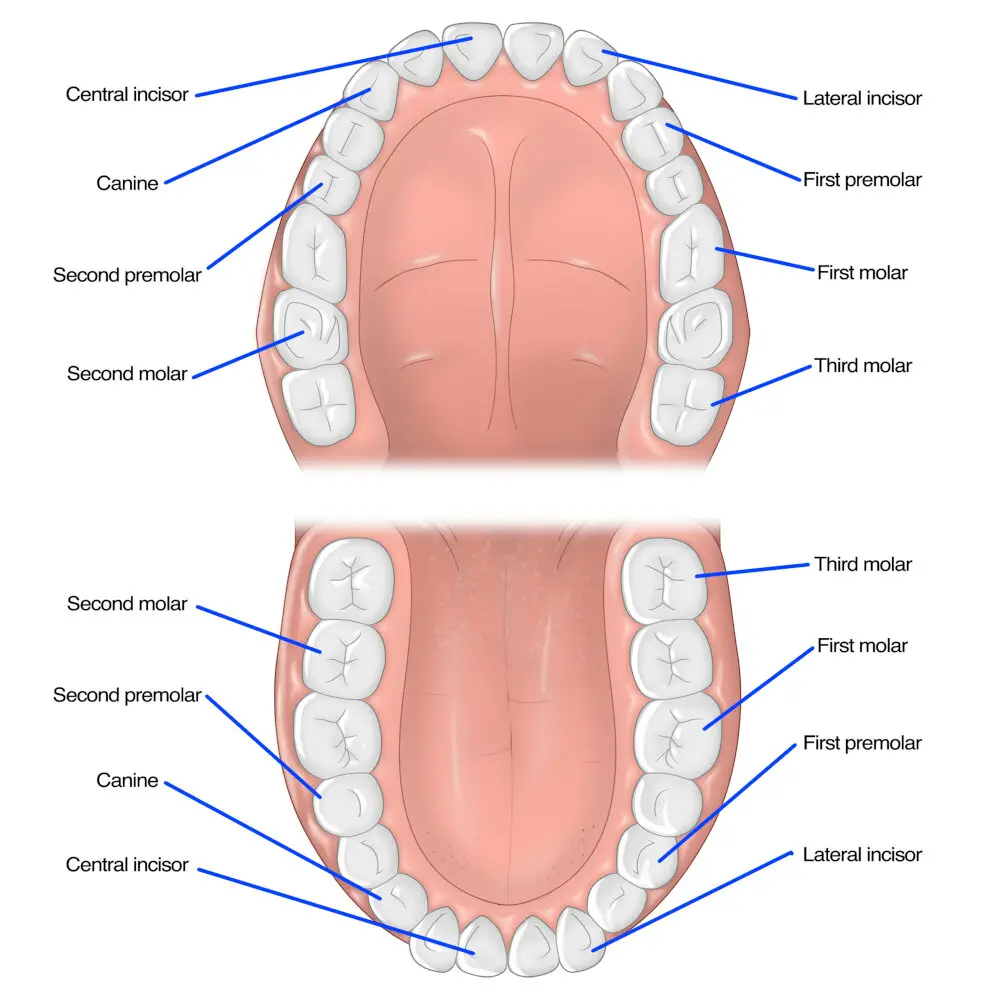
Bone loss around teeth, also known as periodontitis, is a common dental problem that affects millions of people worldwide. This condition occurs when the supporting bone and tissue around the teeth start to deteriorate, leading to loosening and eventual loss of teeth. Several factors can contribute to bone loss around teeth, with poor oral hygiene being the primary cause. Inadequate brushing and flossing can lead to the buildup of plaque and tartar, which can cause inflammation and infection in the gums. This, in turn, can damage the bone around the teeth and cause it to recede. Other factors that can contribute to bone loss around teeth include smoking, genetics, and certain medical conditions. Smoking is known to affect the blood flow to the gums and bone, making it more difficult for them to heal and regenerate. Genetics may also play a role in periodontitis, as some people may be more susceptible to the condition than others. Additionally, medical conditions such as diabetes and autoimmune disorders can weaken the immune system, making it more difficult for the body to fight off infections and inflammation in the gums. Overall, it is essential to maintain good oral hygiene and seek prompt treatment for any dental problems to prevent bone loss around teeth.
Gum disease, tooth decay, and trauma are common causes that can damage the bone around your teeth and lead to tooth loss. Gum disease is a bacterial infection that affects the gums and the bone that supports your teeth. It can cause inflammation and damage to the bone, leading to tooth loss if left untreated. Tooth decay, on the other hand, is caused by bacteria that produce acid that eats away at the enamel and eventually reaches the bone. Trauma to the teeth, such as accidents or injuries, can also damage the bone and lead to tooth loss. To regrow bone around your teeth, it is important to address these underlying causes and take steps to improve your oral health and hygiene.
Bone loss around teeth is a common problem that can lead to tooth loss. It occurs as a result of several issues such as periodontal disease, tooth decay, and trauma to the mouth. Periodontal disease is the most common cause of bone loss around teeth, and it is caused by bacteria that attack the gums and bone supporting the teeth. When bacteria build up on teeth and gums, they form a sticky film called plaque, which can harden into tartar. This build-up causes inflammation of the gums, leading to periodontitis, which can cause bone loss. Tooth decay can also lead to bone loss as a result of the infection spreading to the surrounding bone. Trauma to the mouth can cause bone loss if the injury damages the bone supporting the teeth.
Signs and Symptoms of Bone Loss Around Teeth
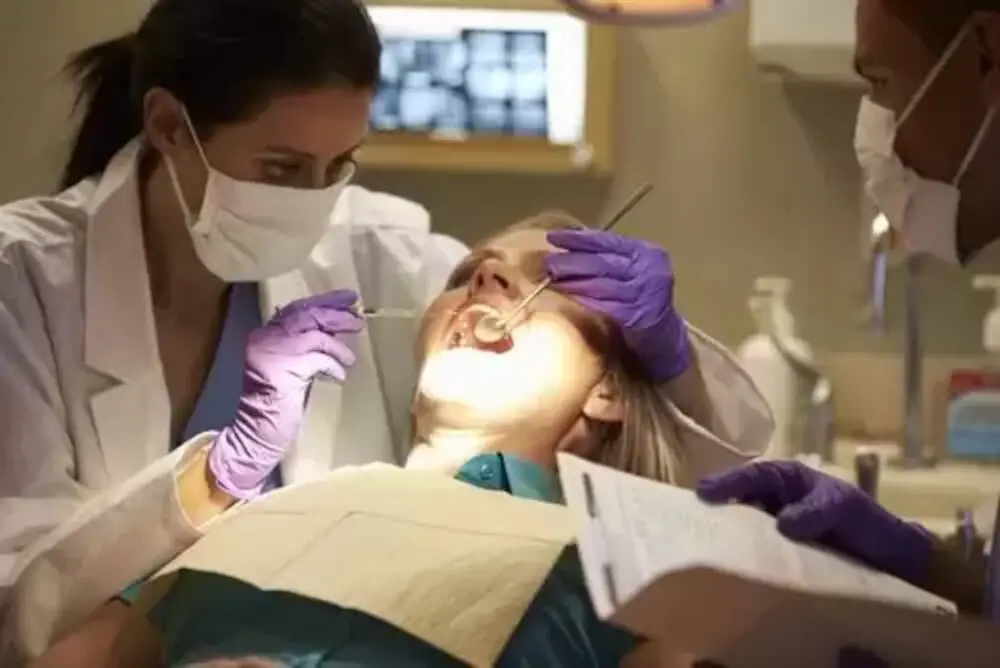
Bone loss around teeth is a common problem that can lead to serious dental issues if it is not addressed. There are a number of signs and symptoms that may indicate that you are experiencing bone loss around your teeth. One of the most common signs is increased tooth mobility. If your teeth are starting to feel loose or wobbly, this could be a sign of bone loss. Other signs include gum recession, which can cause your teeth to appear longer than normal, and chronic bad breath. You may also notice that your teeth are starting to shift or move out of place, which can cause discomfort and affect your bite. It is important to address bone loss around your teeth as soon as possible to prevent further damage and preserve your dental health. If you are experiencing any of these symptoms, it is important to schedule an appointment with your dentist right away. Your dentist can evaluate your teeth and gums to determine if you are experiencing bone loss and recommend appropriate treatment options. In some cases, bone loss can be reversed with proper dental care and lifestyle changes. By taking steps to address bone loss, you can revitalize your smile and enjoy optimal dental health for years to come.
Bone loss can have a significant impact on your oral health, which can lead to a variety of signs and symptoms. Loose teeth are one of the most noticeable signs of bone loss, as they become increasingly unstable and can eventually fall out. Receding gums, on the other hand, can expose more of the tooth’s root and make it more sensitive to cold or hot temperatures. Bad breath is another symptom of bone loss, as the bacteria that cause it can accumulate in the gaps created by receding gums. Other signs of bone loss include changes in the way your bite feels, as well as changes in the shape of your face due to the loss of bone around the jaw.
Dentists diagnose bone loss by using various methods such as X-rays, periodontal probing, and cone beam computed tomography (CBCT). X-rays are typically used to detect bone loss around the roots of teeth. The dentist will examine the X-ray for any signs of bone loss, including visible gaps between the tooth and surrounding bone. Periodontal probing involves measuring the depth of the pockets around the teeth to determine the extent of bone loss. CBCT is a more advanced imaging technology that allows the dentist to view the bone from multiple angles and in greater detail. With these methods, dentists can accurately diagnose bone loss and develop a treatment plan to help patients regrow bone around their teeth.
Simple Steps to Regrow Bone Around Teeth
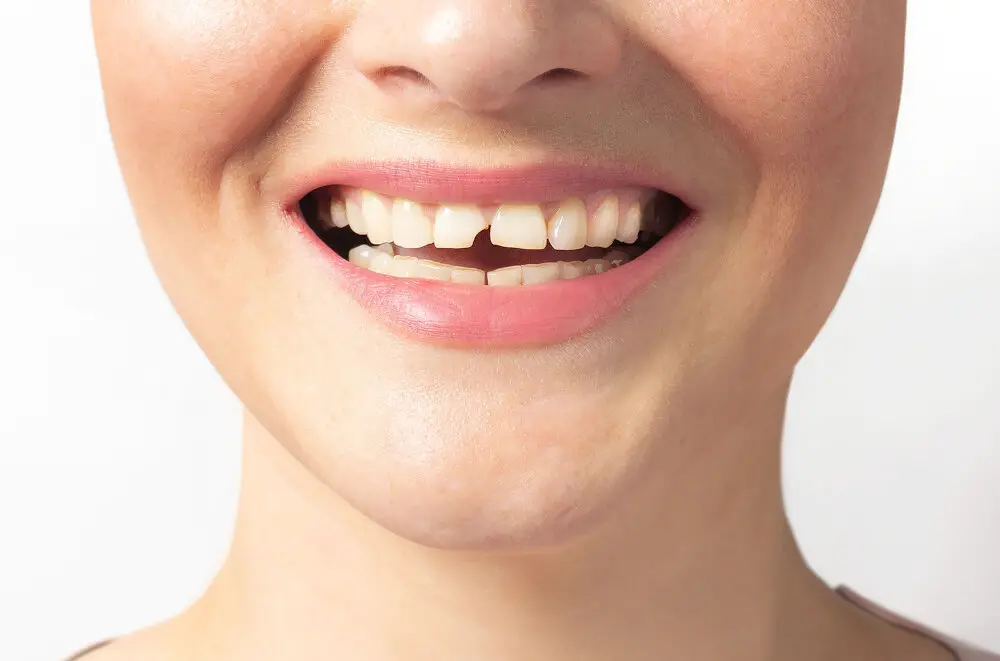
Maintaining good oral health is essential to keep your teeth and gums healthy. However, if you suffer from gum disease or periodontitis, it can lead to bone loss around your teeth. Over time, this bone loss can cause your teeth to become loose, and you may even lose them. Fortunately, there are simple steps you can take to regrow bone around your teeth and revitalize your smile. One of the most effective ways to regrow bone is through bone grafting. This procedure involves taking bone from another part of your body or using a synthetic material and placing it in the area where you have lost bone. The graft stimulates the growth of new bone tissue, which helps to anchor your teeth in place. Another way to regrow bone around teeth is through laser therapy. This non-invasive treatment uses a laser to remove bacteria and infected tissue from the gums. The laser also stimulates the growth of new bone tissue, which can help to regrow bone around your teeth. Laser therapy is a painless procedure and requires little to no recovery time. If you suffer from bone loss around your teeth, it is important to seek treatment as soon as possible. With the right treatment, you can regrow bone and revitalize your smile, giving you the confidence to show off your pearly whites.
Good oral hygiene practices are crucial for maintaining healthy teeth and gums. Poor oral hygiene can lead to tooth decay, gum disease, and even tooth loss. Brushing at least twice a day, flossing daily, and using mouthwash regularly can help remove plaque and bacteria from the mouth, preventing the formation of cavities and gum disease. Additionally, visiting the dentist for regular check-ups and cleanings can help catch any potential problems early on and prevent them from becoming more serious. By implementing good oral hygiene practices, individuals can not only improve their dental health but also their overall health and well-being.
A healthy diet is essential for promoting bone growth and maintaining strong, healthy bones. Consuming foods that are rich in calcium, vitamin D, and other essential nutrients can help encourage bone development and prevent bone loss. Calcium is the primary building block for bones, and it’s important to consume enough of it to support bone growth. Vitamin D is also crucial for bone health, as it helps the body absorb calcium. Eating a varied diet that includes plenty of fruits, vegetables, lean proteins, and whole grains can provide the nutrients needed to promote bone growth and maintain optimal oral health. Additionally, reducing intake of processed foods, sugary drinks, and alcohol can help prevent bone loss and promote strong, healthy bones.
If you’re looking to revitalize your smile, there are a variety of treatments available to help regrow bone around teeth. One option is bone grafts, which involve transplanting bone tissue from one area of the body to another. Another option is guided tissue regeneration, which uses a barrier membrane to encourage the growth of new bone and tissue around the teeth. Laser therapy is also a popular treatment, as it uses light energy to stimulate the body’s natural healing processes and promote bone growth. No matter which treatment you choose, it’s important to work with a qualified dental professional to ensure the best possible results.
Preventing Bone Loss Around Teeth
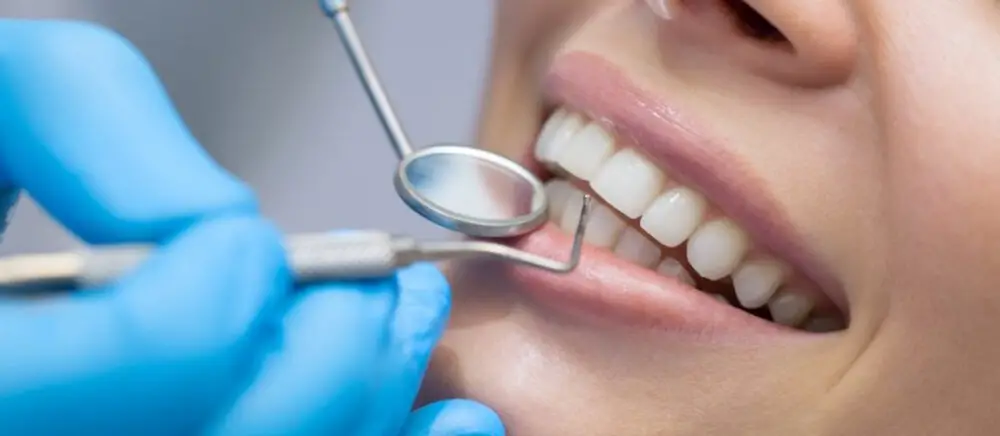
Bone loss around teeth is a common problem that many people face. This occurs when the bone that supports the teeth begins to deteriorate, leading to loose teeth, gum recession, and even tooth loss. However, there are several steps that you can take to prevent bone loss around teeth and maintain a healthy smile. First and foremost, it is essential to practice good oral hygiene habits, such as brushing twice a day, flossing daily, and visiting your dentist regularly. This helps to remove harmful bacteria and plaque that can cause gum disease, which is a leading cause of bone loss around teeth. Additionally, eating a balanced diet and avoiding sugary foods and drinks can also help to keep your teeth and gums healthy. Another effective way to prevent bone loss around teeth is to quit smoking. Smoking has been linked to a range of health problems, including gum disease and bone loss. Research shows that smokers are more likely to experience bone loss around teeth than non-smokers, so quitting smoking is a crucial step in maintaining your oral health. Finally, if you have any underlying health conditions that can affect your bone health, such as osteoporosis, it is essential to work with your healthcare provider to manage these conditions effectively. By taking these simple steps, you can help to prevent bone loss around teeth and maintain a healthy, beautiful smile for years to come.
Regular dental checkups and cleanings are essential for maintaining good oral health. These appointments allow your dentist to identify any potential problems before they become more serious. By catching issues early, you can often avoid more extensive and expensive treatments down the line. Additionally, professional cleanings remove stubborn plaque and tartar buildup that cannot be removed by brushing and flossing alone. This buildup can contribute to gum disease, which is a leading cause of tooth loss in adults. By committing to regular dental checkups and cleanings, you can keep your teeth and gums healthy and prevent more serious dental problems from developing.
Maintaining good oral hygiene is crucial for preventing gum disease and tooth decay. Brushing your teeth twice a day with fluoride toothpaste and flossing daily are essential habits to keep your teeth and gums healthy. Additionally, using an antimicrobial mouthwash can help reduce harmful bacteria in your mouth. Limiting sugary and acidic foods and drinks can also help prevent tooth decay. Regular dental checkups and cleanings are important to catch any potential issues early on. If gum disease has already set in, regrowing bone around teeth can be achieved with a combination of good oral hygiene habits and treatments such as scaling and root planing, antibiotics, and bone grafting. With dedication to oral health, you can revitalize your smile and enjoy a healthy, beautiful mouth for years to come.
Lifestyle factors play a significant role in maintaining oral health. Smoking is one of the most detrimental habits for teeth and gums, as it weakens the immune system and restricts blood flow, leading to an increased risk of gum disease and tooth loss. Stress is another lifestyle factor that can impact oral health, as it can cause teeth grinding, jaw clenching, and dry mouth. These habits can lead to tooth wear, jaw pain, and an increased risk of cavities and gum disease. Incorporating stress-reducing practices, such as meditation or exercise, and quitting smoking can help prevent these negative effects on oral health and promote overall well-being.
The process of regrowing bone around teeth, also known as bone regeneration, is crucial for maintaining overall oral health. When bone loss occurs due to periodontal disease or injury, it can lead to a host of problems, including tooth loss and severe gum recession. Regrowing bone around teeth can prevent these issues and restore the stability and strength of the affected teeth. It can also improve the appearance of the smile and boost self-confidence. Additionally, regrowing bone can help prevent future bone loss and improve the success of dental implant procedures. Therefore, it is essential to prioritize bone regeneration as part of a comprehensive oral care routine.
Maintaining good oral hygiene is crucial for a healthy smile, but sometimes, even with proper care, bone loss can occur around teeth. If you notice any signs of bone loss, such as loose teeth or gum recession, it’s important to seek treatment from a dental professional. With the right steps, it’s possible to regrow bone and revitalize your smile. Simple practices like regular brushing and flossing, as well as cutting back on sugary foods and drinks, can help prevent bone loss. And if you do experience bone loss, procedures like bone grafting and guided tissue regeneration can help restore lost bone and promote healthy teeth and gums. Don’t let bone loss hold you back from smiling confidently – take steps to maintain good oral hygiene and seek treatment if necessary.
Conclusion
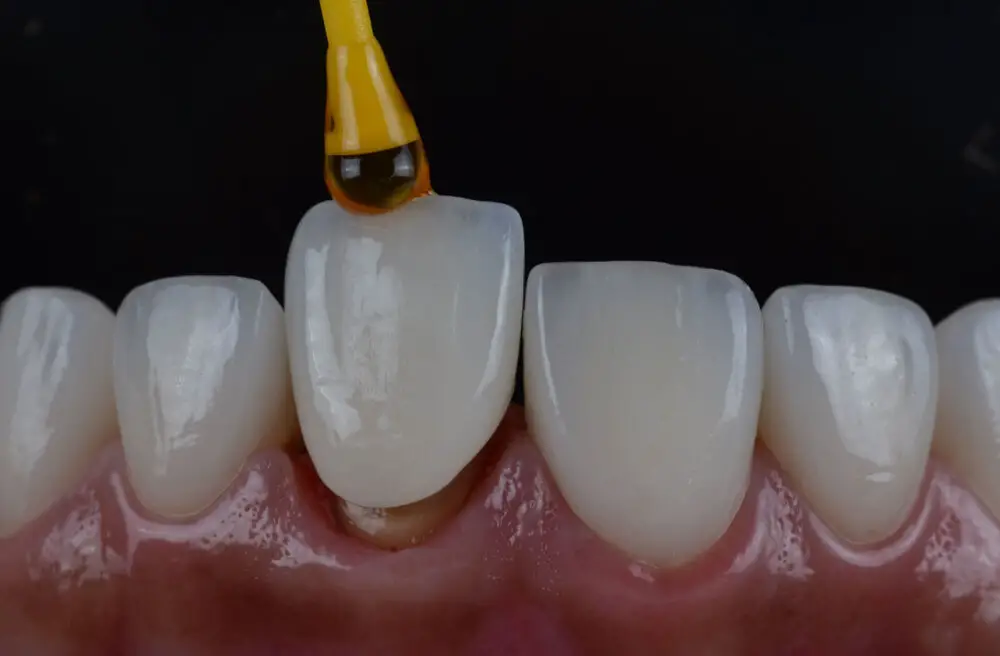
In conclusion, revitalizing your smile and regrowing bone around teeth is possible with a few simple steps. Taking care of your dental health by brushing and flossing regularly, eating a balanced diet, and avoiding harmful habits such as smoking can help prevent bone loss in the first place. However, if you do experience bone loss, there are treatments available such as bone grafts and guided tissue regeneration. It’s important to work with your dentist to develop a personalized treatment plan and to stay committed to maintaining good oral hygiene habits. With dedication and proper care, you can improve the health and appearance of your smile and enjoy a lifetime of strong, healthy teeth.

